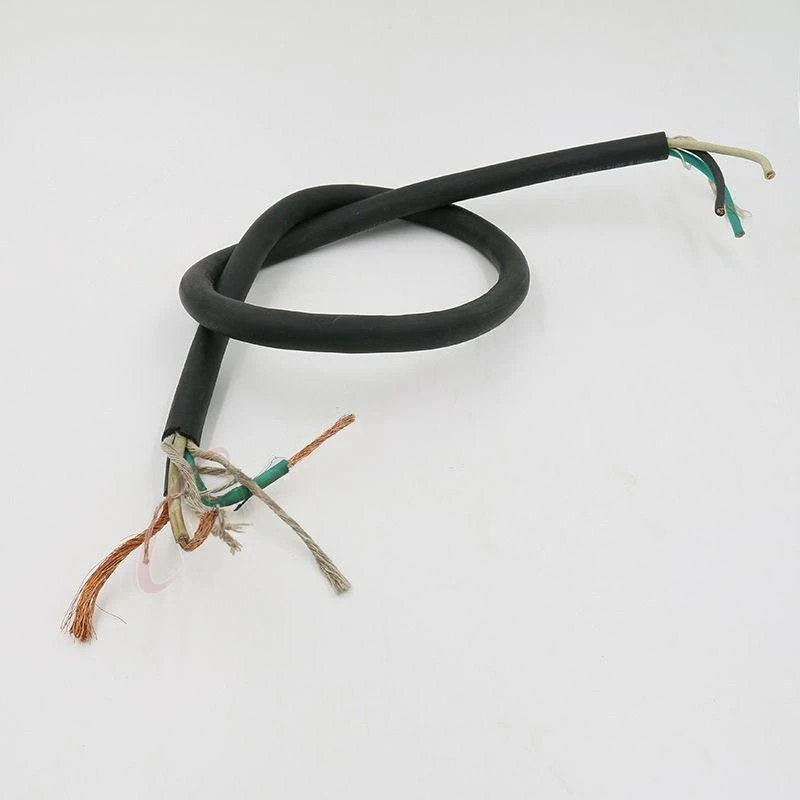Dec . 07, 2024 03:49 Back to list
cast iron foot valve
The Importance of Cast Iron Foot Valves in Fluid Control Systems
Cast iron foot valves play a crucial role in fluid control systems, particularly in water and wastewater management, irrigation, and industrial applications. These valves serve a specific purpose to maintain the flow of water while preventing backflow when a pump is not operational. Understanding their construction, functionality, and advantages helps illustrate their significance in various applications.
What is a Cast Iron Foot Valve?
A foot valve is a type of check valve installed at the inlet of a pump submerged in water or another fluid. Its primary function is to allow liquid to enter the pump during operation while preventing backflow when the pump is turned off. Cast iron, a durable and robust material, is commonly used in the construction of these valves due to its excellent strength, corrosion resistance, and long service life.
The typical design of a cast iron foot valve incorporates a strainer, which filters out debris and particles from the water, ensuring that only clean fluid enters the pump. The valve operates using a spring mechanism or a weighted flap that opens when the pump is running, allowing water to flow through. When the pump stops, the flap closes, sealing the valve and preventing the reverse flow.
Advantages of Cast Iron Foot Valves
1. Durability and Strength Cast iron foot valves are known for their exceptional durability. They can withstand heavy pressure and are less prone to damage from the harsh conditions often found in industrial and agricultural applications.
2. Corrosion Resistance Cast iron has a natural resistance to corrosion, especially when coated or treated. This property is vital in environments where valves are exposed to moisture and various chemicals, extending their lifespan significantly.
cast iron foot valve

3. Cost-Effectiveness While the initial cost of cast iron foot valves may be higher than other materials like plastic, their durability and lower maintenance needs often make them a more economical choice over time.
4. Versatility Cast iron foot valves can be used in a variety of applications, including municipal water supply, sewage treatment, irrigation systems, and even in mining operations. Their ability to handle various types of fluids makes them invaluable in many sectors.
5. Ease of Installation Installation of cast iron foot valves is generally straightforward. The valves come in various sizes and designs, allowing for compatibility with most piping systems. Proper installation ensures efficient operation and maximizes the lifespan of the valve and connected pumps.
Applications
In municipal water systems, cast iron foot valves are essential for maintaining a steady water supply. They ensure that pumps remain primed and operational, allowing for efficient distribution. In agriculture, these valves are crucial for irrigation systems, where they help manage water flow, conserve water resources, and prevent contamination of the water supply.
In industrial settings, cast iron foot valves are invaluable in managing fluid dynamics, protecting equipment, and ensuring operational efficiency. Their ability to handle substantial volumes of fluid under pressure makes them suitable for processes involving chemicals and other hazardous materials.
Conclusion
Cast iron foot valves are an often-overlooked yet vital component in many fluid control systems. Their robust construction, durability, and resistance to corrosion make them a reliable choice for various applications, from municipal water supply to agricultural irrigation and industrial processes. Understanding the significance of these valves can help in selecting the right components for fluid systems, ensuring efficient operation and longevity. As industries continue to evolve, cast iron foot valves will remain indispensable for managing liquid flows and safeguarding equipment.
Share